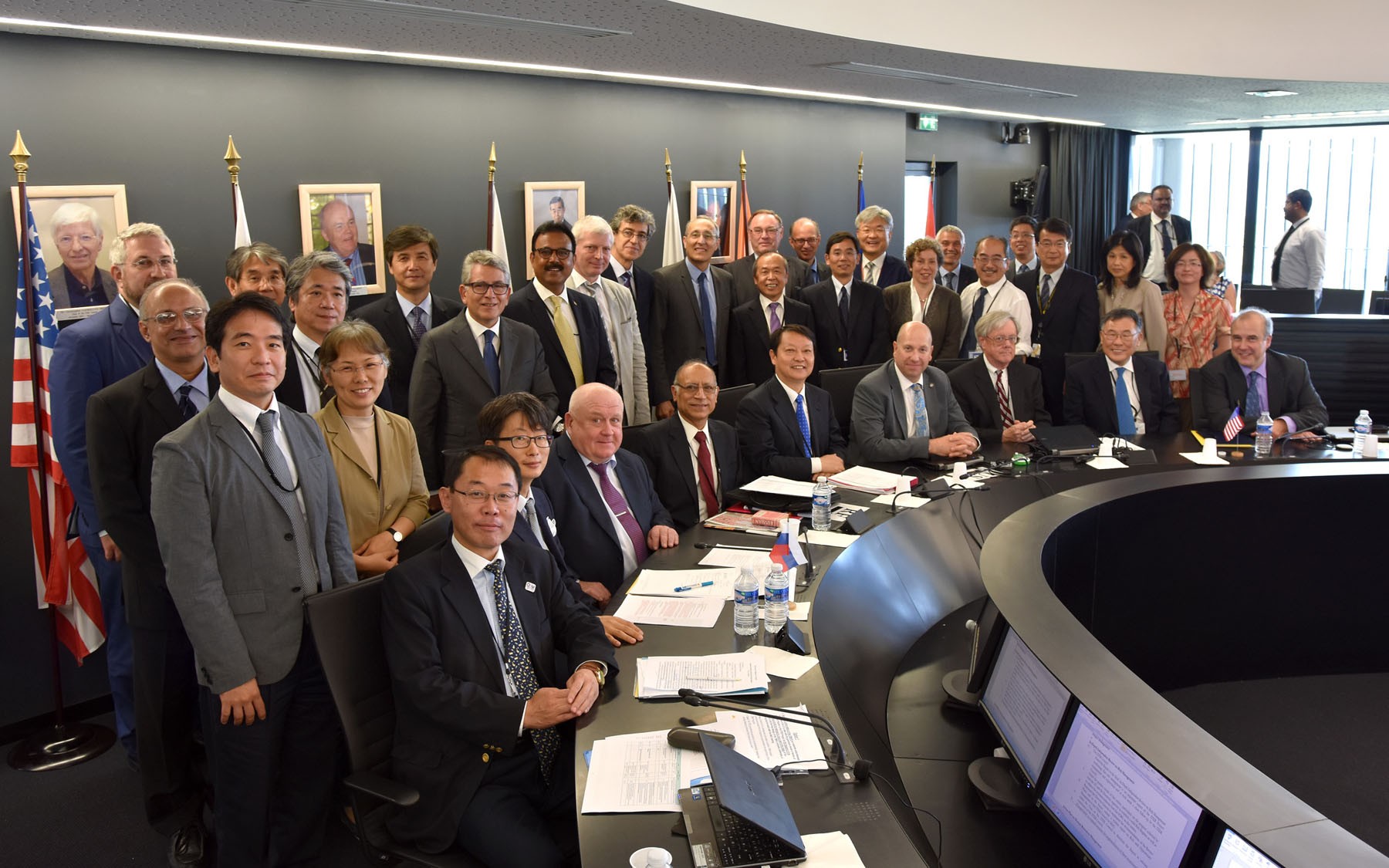
Nov. 23, 2017 – By Steven B. Krivit
On Tuesday, this writer sent a letter to Petra Nieckchen, the head of media relations for EUROfusion, informing her that three Web pages on the organization’s Web site contained false claims about ITER. On Thursday, the fusion organization corrected the pages.
EUROfusion is a consortium that manages and funds European nuclear fusion research activities on behalf of 26 European Union member states, in addition to Switzerland and Ukraine and a hundred university and industrial laboratories.
Contrary to what has been nearly universally promoted by fusion advocates, the International Thermonuclear Experimental Reactor (ITER) is not designed to produce 10 times the power it will consume. Using the most favorable calculation, ITER will instead produce 1.6 times the power it consumes. Using the more conservative calculation, it will lose more power than it produces. Continue reading »




 False and misleading 2008 statement by Neil Calder, former head of ITER public communications (
False and misleading 2008 statement by Neil Calder, former head of ITER public communications (